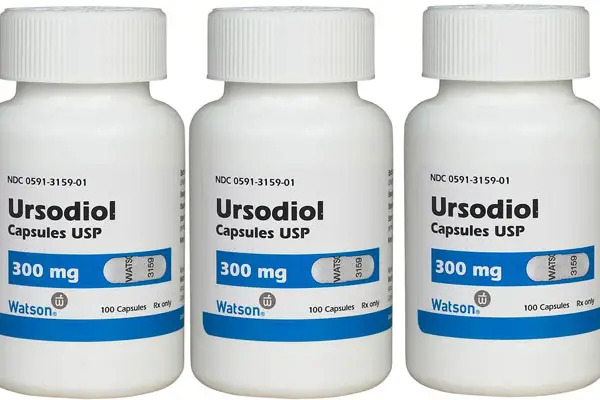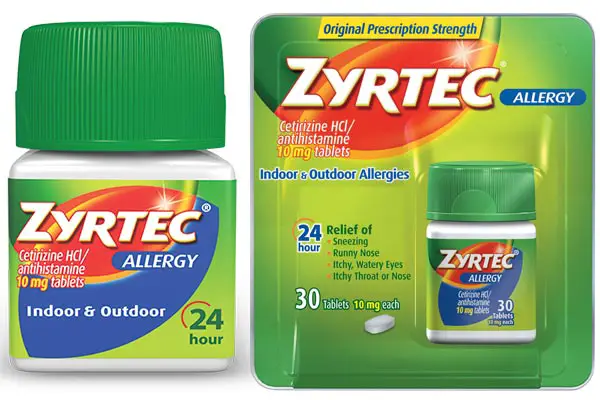How to Make a Dog Vomit with Salt: A Step-by-Step Guide
Making a dog vomit with salt can be a helpful method to remove harmful substances from their stomach.
While it is not recommended to induce vomiting without consulting a veterinarian first, there are situations where making a dog vomit with salt can be necessary.
It is important to note that making a dog vomit with salt should only be done in emergencies and under the guidance of a veterinarian. Ingesting certain toxins, such as chocolate or grapes, can be life-threatening to dogs and require immediate action.
However, there are also situations where inducing vomiting can cause more harm than good. Knowing when to make your dog vomit and when to seek professional help is crucial.
Key Takeaways
- Making a dog vomit with salt should only be done in emergencies and under the guidance of a veterinarian.
- Inducing vomiting can potentially lead to more damage than benefit in specific circumstances, making it crucial to understand when to make your dog vomit and when to seek expert assistance.
- If you decide to make your dog vomit with salt, following the proper steps and being aware of the potential risks is crucial.
When to Make Your Dog Vomit
Inducing vomiting in dogs can be a life-saving measure in certain situations. However, knowing when it is safe and appropriate to do so is crucial. Here are some instances when it may be necessary to make your dog vomit:
If your dog has ingested something toxic or harmful, such as human medication, chocolate, grapes, or household cleaners, inducing vomiting may help remove the substance from their system before it can cause more harm.
However, it is crucial to call your veterinarian or a pet poison control hotline before inducing vomiting, as some substances can be more dangerous when vomited back up.
If your dog has swallowed a foreign item, like a piece of clothing or a toy inducing vomiting, it may help bring the thing back up before it can obstruct its digestive system. However, it is essential to note that not all items can be safely vomited back up, and attempting to do so may cause more harm than good.
If your dog has overeaten or consumed something that may cause digestive upset, such as fatty foods or bones, inducing vomiting may help prevent or alleviate symptoms such as vomiting, diarrhea, or abdominal pain. However, it is essential to consult your veterinarian before inducing vomiting, as some dogs may be more prone to dehydration or electrolyte imbalances.
Overall, inducing vomiting in dogs should only be done under the guidance of a veterinarian or a pet poison control expert. It is vital to weigh the potential benefits against the risks and ensure that the method is safe and effective for your pet’s needs.
Risks and Dangers of Using Salt
Using salt to induce vomiting in dogs is controversial and has significant risks and dangers. Here are some of the potential hazards of using salt to make a dog vomit:
Hypernatremia: Salt, as a natural dehydrating agent, can cause hypernatremia – a potentially dangerous condition where blood sodium levels rise excessively – when consumed in substantial quantities. This can cause tremors, seizures, and even coma in dogs, and in severe cases, it can be fatal.
Ineffective: Salt is not a reliable way to make a dog vomit. Unlike humans, dogs do not have a strong gag reflex, and sticking your finger down your dog’s throat will not necessarily make them vomit. This may lead to your dog choking or becoming increasingly distressed.
Additional health issues: Inducing vomiting with salt can also cause other health issues, including an upset stomach, kidney failure, and even neurological problems or death.
It is essential to understand that inducing vomiting in dogs should only be done in emergencies and under the guidance of a veterinarian. Salt should never be used to induce vomiting, as it can cause more harm than good.
If you believe your dog has consumed a poisonous substance like chocolate, grapes, or medication, reach out to your veterinarian immediately. They can provide the appropriate treatment and advise you on the best action.
In certain situations, your veterinarian might suggest inducing vomiting with the help of hydrogen peroxide. However, this should only be done under their supervision, as too much hydrogen peroxide can cause diarrhea, vomiting, and even seizures in dogs.
In case your dog has swallowed a sharp object, do not induce vomiting, as this can cause the thing to become lodged in its throat or cause damage to its esophagus. Instead, seek veterinary care immediately.
In conclusion, using salt to induce vomiting in dogs is not safe or effective and can cause significant harm to your pet. Always consult your veterinarian in emergencies and follow their guidance for the best treatment.
Step-by-Step Guide on How to Make a Dog Vomit with Salt
Inducing vomiting can be a life-saving measure when a dog ingests something harmful. One way to do this is by using salt.
However, it is essential to note that inducing vomiting should only be done under the guidance of a veterinarian or poison control center. Here is a step-by-step guide on how to make a dog vomit with salt.
Dosage and Body Weight
The amount of salt to use depends on the dog’s body weight. The recommended dosage is half a teaspoon of salt per 10 pounds of body weight. However, it is essential to note that salt can be harmful in large amounts, so it should only be used under the guidance of a veterinarian.
Medications and Toxins
Salt can effectively induce vomiting in dogs that have ingested certain medications and toxins, such as rat poison, insecticides, and fertilizers. However, it is essential to note that not all substances can be safely vomited up, and some may cause more harm if vomited.
Foreign Objects and Household Toxins
If a dog has ingested a foreign object, such as a toy or bone, inducing vomiting may not be effective and may even cause more harm. Additionally, household toxins such as batteries and caustic materials may require immediate veterinary attention rather than inducing vomiting.
Poison Control Center and Emergency Clinic
If a dog has ingested something harmful, it is crucial to contact a veterinarian or poison control center immediately. They can guide whether inducing vomiting is necessary and how to do it safely. In some cases, taking the dog to an emergency clinic. May be necessary
Home Remedies
Several home remedies, such as hydrogen peroxide solution, baking soda, and olive oil, are often suggested to induce vomiting in dogs. However, it is essential to note that these remedies can be harmful if not used correctly and should only be used under the guidance of a veterinarian or poison control center.
Inducing vomiting in dogs can be helpful in certain situations, but it is essential to do it safely and under the guidance of a professional. If a dog has ingested something harmful, it’s important to quickly see a vet and not try to make your dog throw up without asking an expert first.
What to Do After Your Dog Vomits
After your dog has vomited, it’s essential to take some steps to ensure their health and safety. Here are some things you can do:
Check for dehydration: Vomiting can cause dehydration, so make sure your dog has access to clean water and encourage them to drink. You can also offer them ice cubes or a small amount of water mixed with the electrolyte solution.
Monitor for further vomiting: Monitor your dog to see if they continue to vomit. If they do or show other symptoms, like lethargy, loss of appetite, or diarrhea, it may be a sign of a more serious issue, and you should contact your veterinarian.
Check for signs of trauma: If your dog has vomited due to ingesting something toxic or harmful, such as a sharp object, check for symptoms of trauma, such as bleeding or cuts in their mouth or throat.
Get in touch with your vet right away if you think your dog has swallowed something harmful.
Monitor for tremors: Sometimes, throwing up can indicate a serious problem, such as poisoning or brain issues. Call your vet immediately if your dog shakes or has a seizure after vomiting.
Please clean up the vomit: Be sure to clean up any vomit to prevent your dog from re-ingesting it. Use gloves and disinfectant to clean the area thoroughly.
Offer small, bland meals: After your dog has vomited, it’s best to offer them small, light meals such as boiled chicken and rice or a prescription diet recommended by your veterinarian.
Avoid feeding them anything too rich or fatty, which can further upset their stomach.
Remember, if you are ever unsure about your dog’s health or if they show any concerning symptoms, it’s always best to contact your veterinarian for advice.






